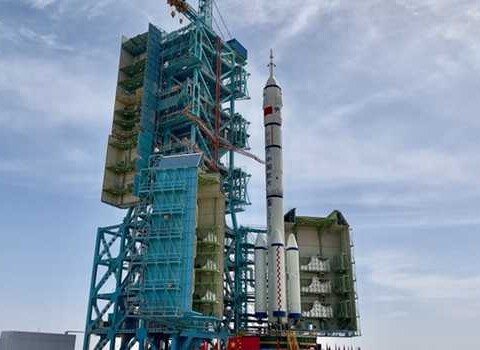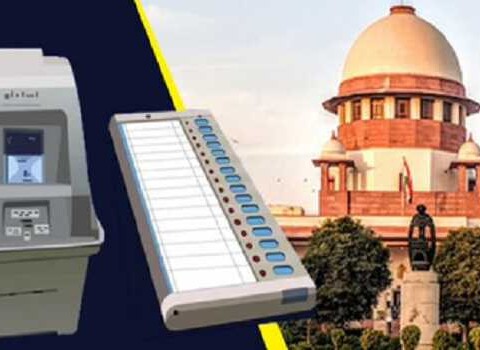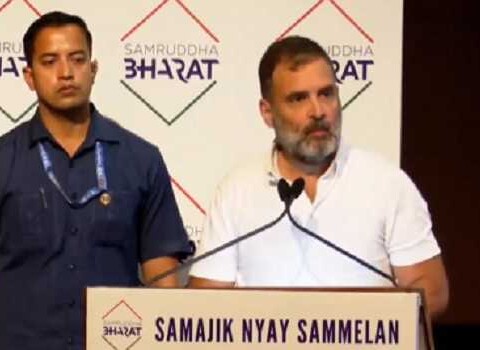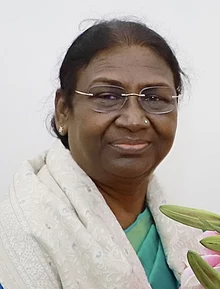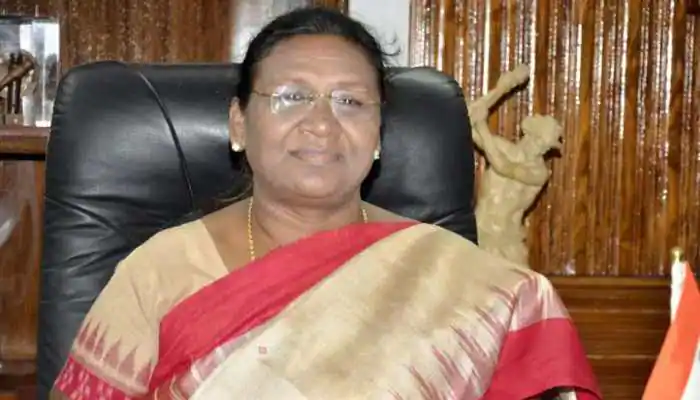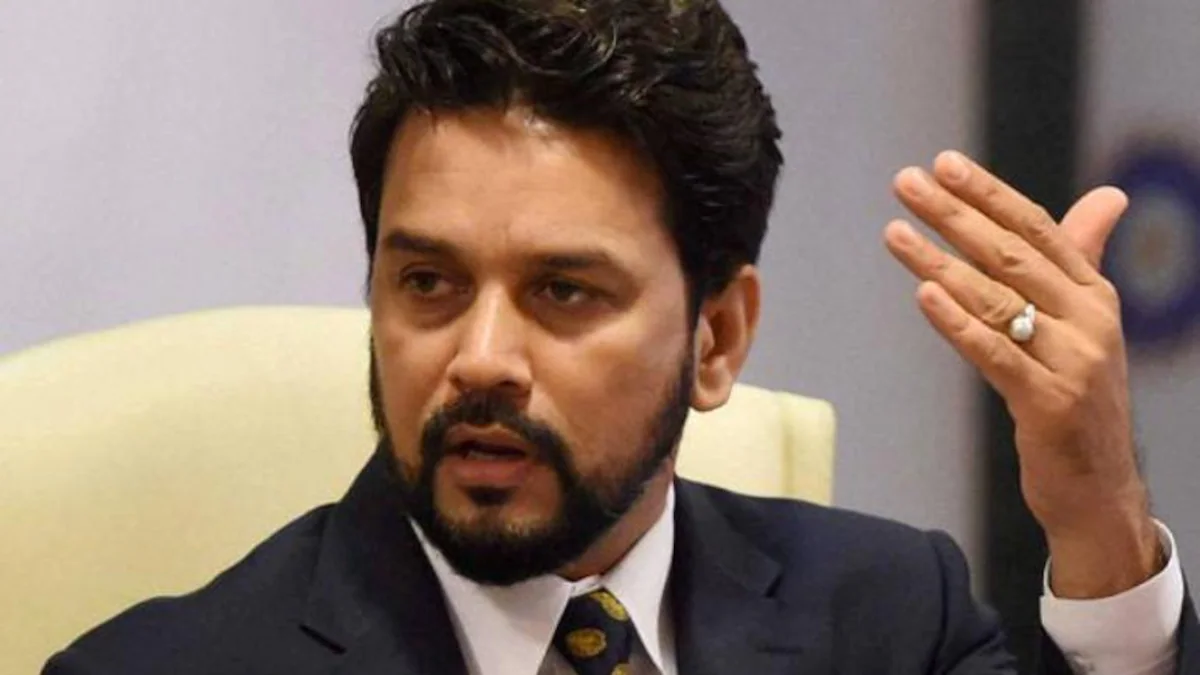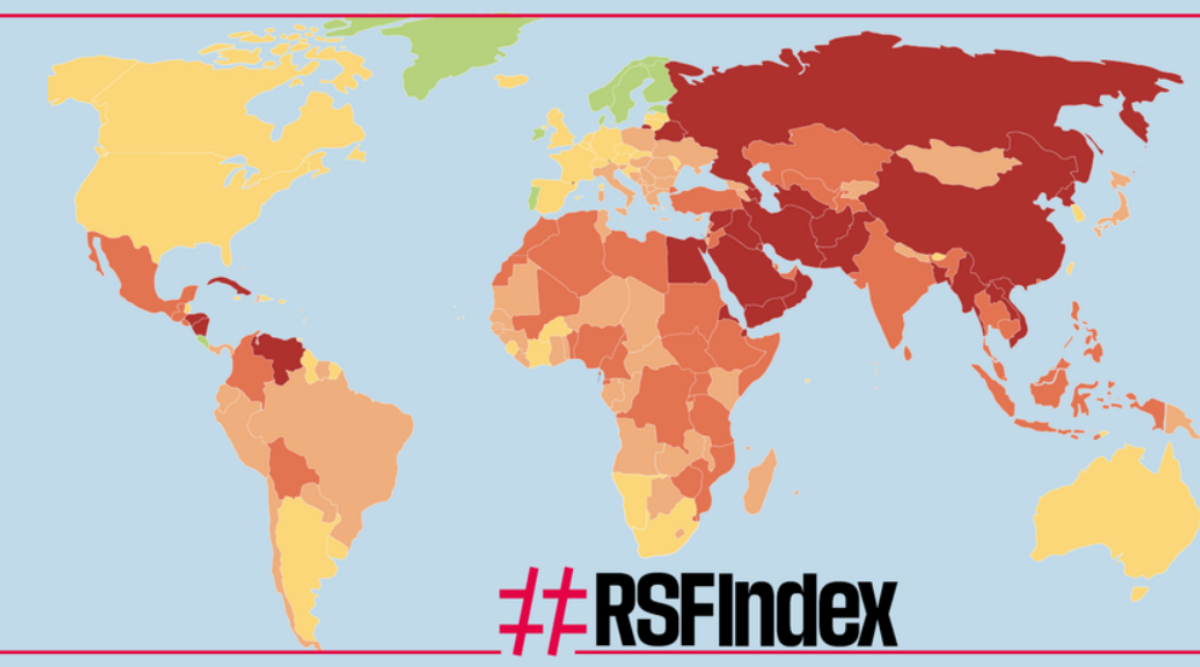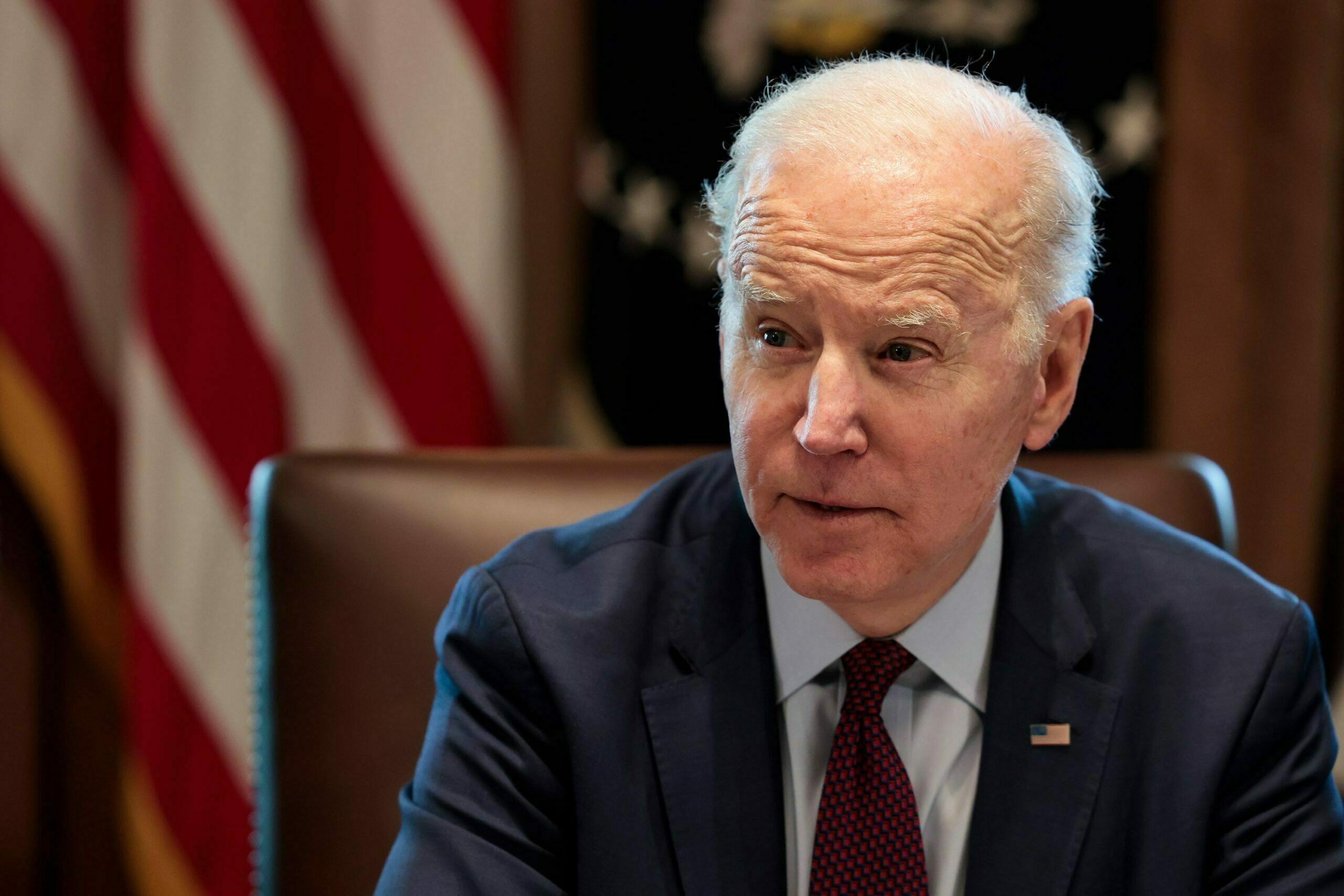Sakib Qadri

Government of Jammu and Kashmir recognized need of requirement for serious effort to preserve world famous Dal Lake as early as in 1971. Subsequently, a number of proposals have been suggested from time to time which include Srinagar Master Plan of 1971, Lake Area Master Plan by Stiene 1972, Enex Conservation Report ( Enex 1978), Dal Lake Development Report by Riddle (1985), Overseas Development Agency (1989), which entailed plans and recommendations for ecosystem preservation and management of lake.
In year 1997‐98 Government constituted an apex body–J&K Lake and Waterways Development Authority (LWDA) under the administrative control of Ministry of Housing and Urban Development, J&K with a mandate of restoration of diminishing glory of Dal Lake and other lakes and waterways of state. LWDA engaged IRAM Consultants to prepare a Pre‐Feasibility Report for Dal Lake Conservation. Simultaneously, GoI entrusted job of preparation of DPR for Conservation of Lake to Alternate Hydro Energy Centre (AHEC), University of Roorkee. The DPR (project cost 298.76cr for conservation) prepared by AHEC Roorkee was approved by GoI for implementation under National Lake Conservation Plan in Sept 2005. GoI agreed to fund only activities related to Conservation measures while as cost of Rehabilitation activity was agreed to be borne by the state from its own resources. J&K LWDA started execution of DPR prepared by AHEC Roorkee on 2005‐06. The Dal & Nigeen Lake Conservation Project per DPR was scheduled to be completed in a time bound manner within a period of 5 years from the date of start.
R&D Division of J&K LWDA also worked simultaneously with Swidish Government for establishment of a National Institute of Aquatic Ecology in Kashmir. Govt of Sweden agreed to support J&K LWDA for establishment of the Institute and Swedish authorities carried out many visit to Srinagar in this regard. Site was identified for construction of the Institute at Gupt Ganga on around 500 Kanals of land owned by LWDA. Unfortunately the project was shelved without any valid reasons.
It has been 12 years that the Dal lake conservation project as per AHEC DPR is being implemented but the desired results are yet to be seen on ground. Dal lake ecology reveals that the lake is undergoing far reaching changes in its environment. The ecological stress of the system is reflected by severe weed infestation, deterioration in water quality, high incidence of facial coliforms (bacteria) and loss of bio‐diversity. The aspect of rehabilitation of Dal dwellers has also not seen any significant progress and the motivation of the dwellers towards R&R activity is still minimal.
Following are few important reasons, why J&K LWDA could not deliver the desired results:
- Mandate of J&K LWDA was restricted to only Dal and NIgeen Lake conservation and even the structural formulation of LWDA didn’t function the way it was conceived. LWDA as per its structure is an Umbrella organization headed by an Administrator/ Technocrat assisted by Engineering, R&D, Forestry, Revenue and Enforcement wings. Unfortunately, ecosystem approach has not been adopted more emphasis is being laid on Engineering feats. R&D Division has been rendered headless and almost defunct.
- J&K LWDA is being treated as a routine department and the ever since its formulation 17 Vice Chairman’s have been changed. The requirements of the project based activities in terms of continuity and commitment of Project Managers towards the project has never been recognized. • At the inception stage DPR for Dal & Nigeen Lake Conservation Project prepared by AHEC Roorkee was questioned by the officials of J&K LWDA and not accepted whole heartedly for implementation. The DPR was thrust upon J&K LWDA officials for implementation.
- The DPR approved for implementation entails two major components Conservation and Rehabilitation. Conservation measures mostly engineering feats have almost been completed, around 90% works envisaged in DPR have been completed. The effectiveness and efficiency of some of the major activities under conservation component undertaken (as per DPR) is questionable and need a review for further improvement.
- LWDA has been struggling to implement Rehabilitation component since beginning and no tangible progress has been achieved in this regard. The chronological events are listed below:
- The Rehabilitation component was to be funded by the State and in one of the review meetings convened by then Chief Minister in 2002, it was decided that funds under this component to the tune of Rs.100 crore per annum, should be released to the LWDA so that the Conservation and Rehabilitation should go side by side to achieve the desired results. However, no funding or a meagre funding was made and thus rehabilitation component suffered affecting the conservation measures as well.
- Rehabilitation Component was latter categorized into two sub Components: a. Acquisition of land / water span and structures and b. Development of housing colony at RakhArth for rehabilitation of Dal dwellers.
- Acquisition of land/ water span and structures was approved by the Planning Commission, GoI at a cost of Rs.356 Crores and 1st installment of Rs.83.18 Crores was released to LAWDA in 2011‐12 (March, 2012).
- LWDA has so far acquired around 8000 kanals of land/water span within the lake. However, no or very less mutation has been undertaken and the land/water span continues to be under the legal occupation of dwellers.
- Approach of cluster acquisition should have been preferred and on the spot acquisition should have been adopted where authorities can directly deal with the real owner and there are chances of saving plots as well as funds meant for the acquisition purposes as against doing land acquisitions through land brokers. Cluster approach has achieved wonderful results when adopted in two instances viz, Fisherman colony at Habak and Mir Mohalla inside the Lake. LWDA has adopted a pick and choose acquisition method which has resulted in chaos and confusion among the dwellers.
- Development of Rakh Arth colony for Dal dwellers is being funded under the State Plan and the total project cost is INR 416.72Cr.
- The completion period of both these components was four years However, the development of colony has been affected due to shortage of funds. As against INR100Cr a year only INR 5 to 10Cr have been released by State Govt to LWDA which has hampered the developmental activities of the colony.
- This affected the acquisition process also as during the last four years LWDA has managed to spend only 40Cr out of 83.18Cr available for acquisition.
- The development of colony has also suffered due to shortage of filling material. On an average 500 tipper loads of filling material is required on daily basis but the Budgam District Administration restricted the movement of tippers to 7 to 10 loads a day. From time to time, it has imposed ban on lifting of earth filling material which is hampering hampered the development of the colony.
Besides aforesaid technical and administrative problems, J&K LWDA faced Vigilance raid in early 2000. Subsequently, 63 Officers / Officials were suspended and resulted in a situation of chaos. On investigation all the Officers / Officials were exonerated one by one. But fear of Vigilance and raid left a mark in the minds of the Officers and Officials of LWDA, as a result of which most of them preferred not to work rather than work and then get tagged as corrupt and subjected to investigation.
In year 2004, a Public Interest Litigation was filed before the High Court of J&K. Court took cognizance of the PIL and has been issuing directions ever since. Most of the time attention and focus of LWDA is to comply with the directions of Court rather than to focus on project activities. Off late High Court also appointed a two member Committee of Monitors to monitor encroachments etc. in and around the lake.
Conclusion:
Based on aforesaid facts, Dal Lake Conservation project has been handled in most unprofessional manner not considering special requirements of a project based activity. In giving scenario not very encouraging results can be expected. It is high time, Govt of J&K revisits its policy and practice towards the project and slogans like SAVE DAL are put to action instead of hoardings.
Author: Sakib Qadri is an International Consultant (Environment Specialist) working for ADB and WB projects


